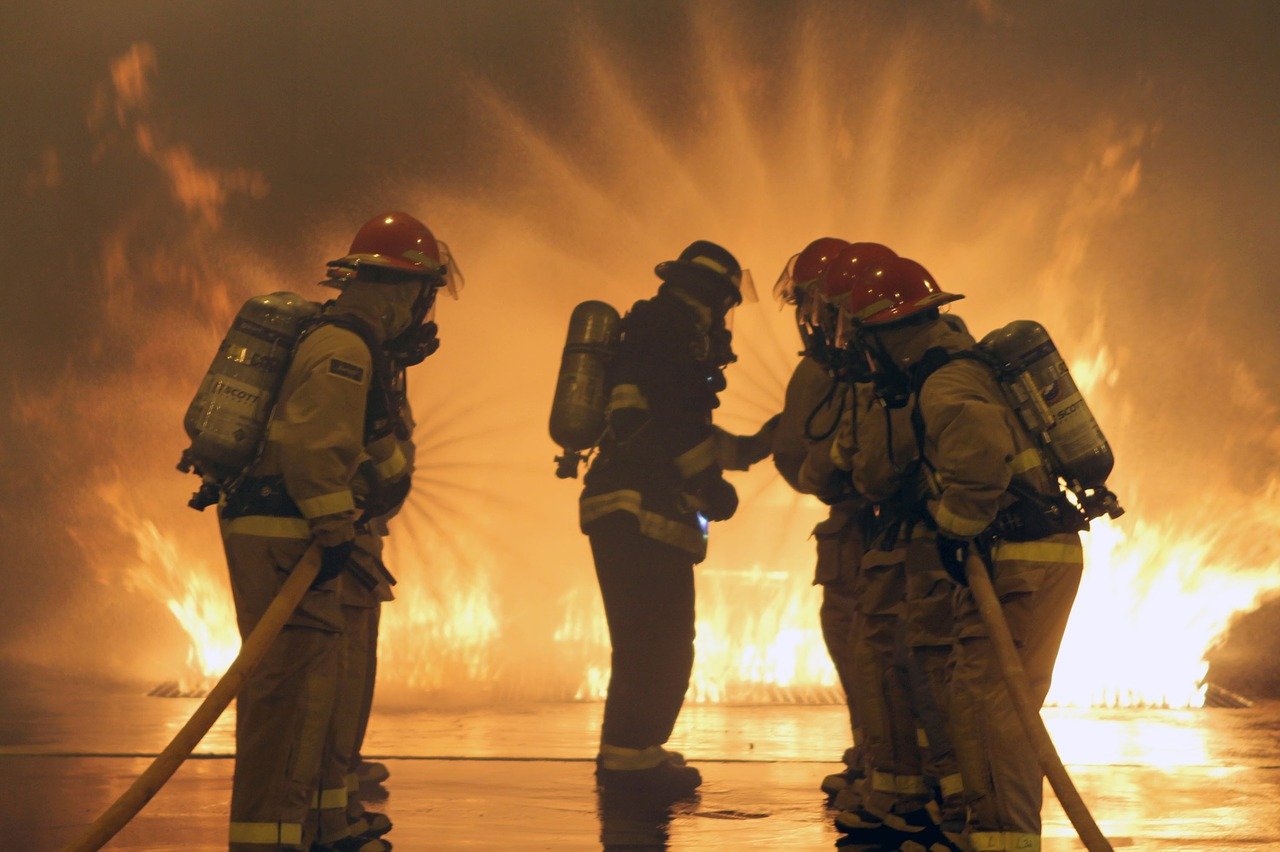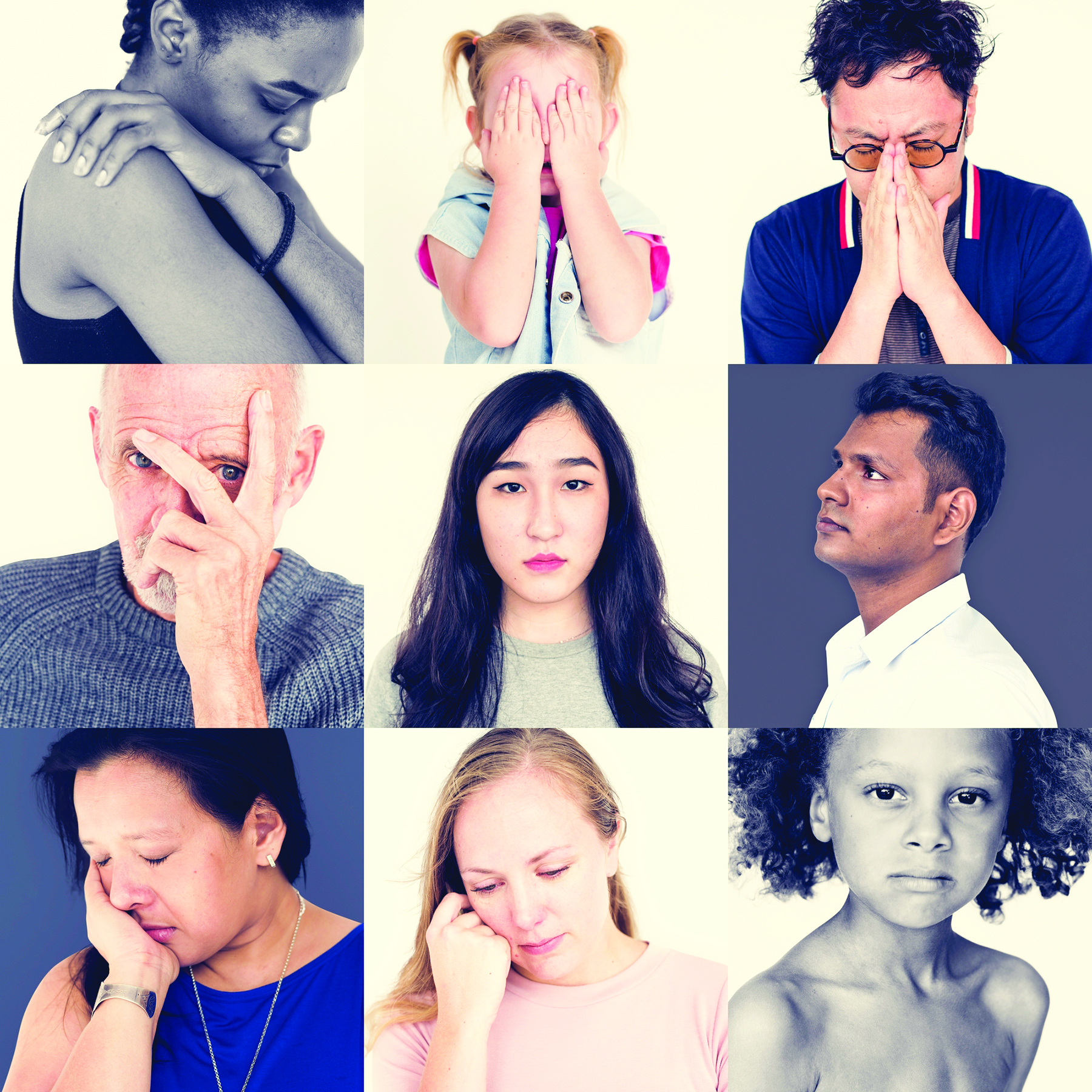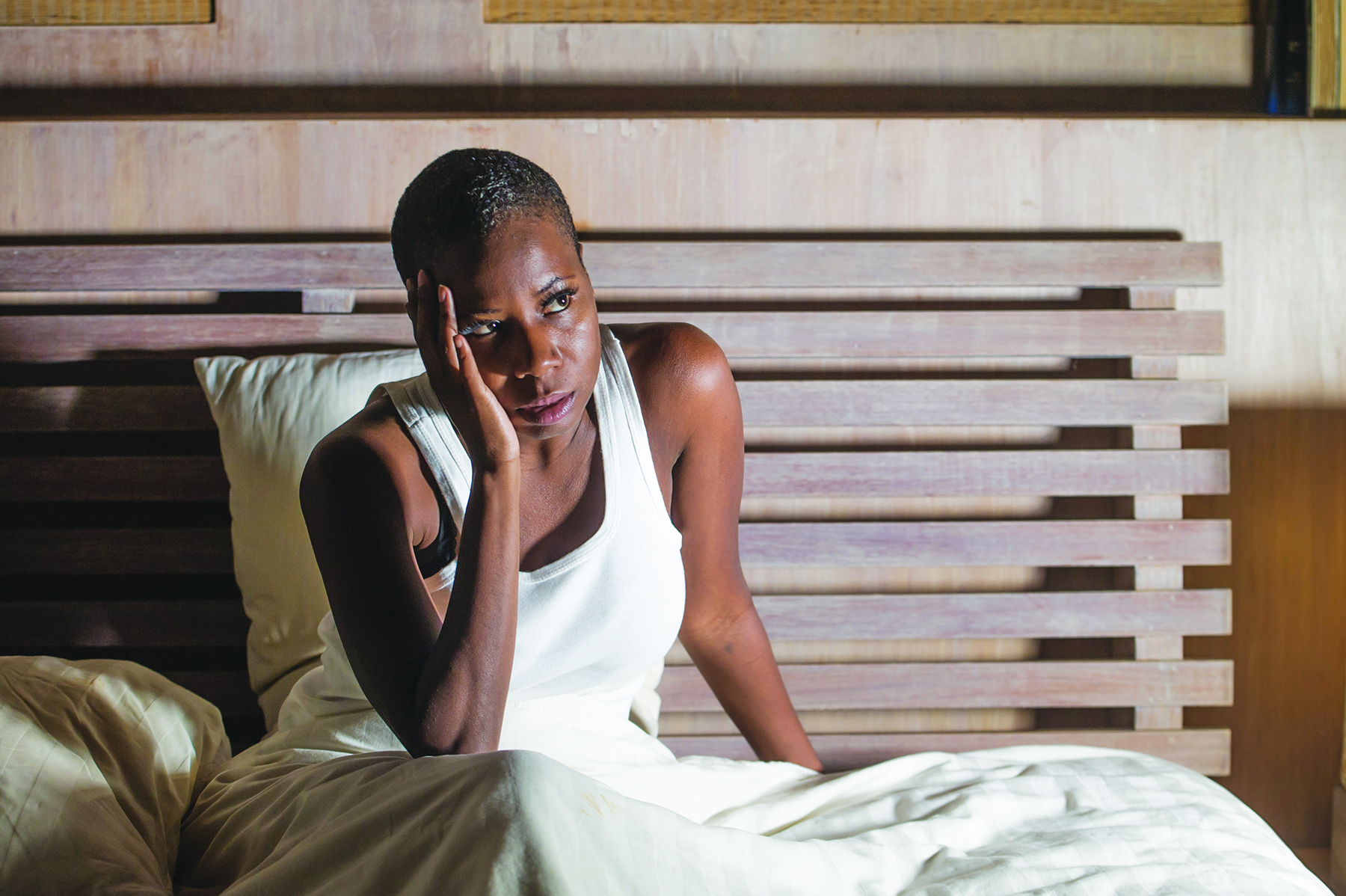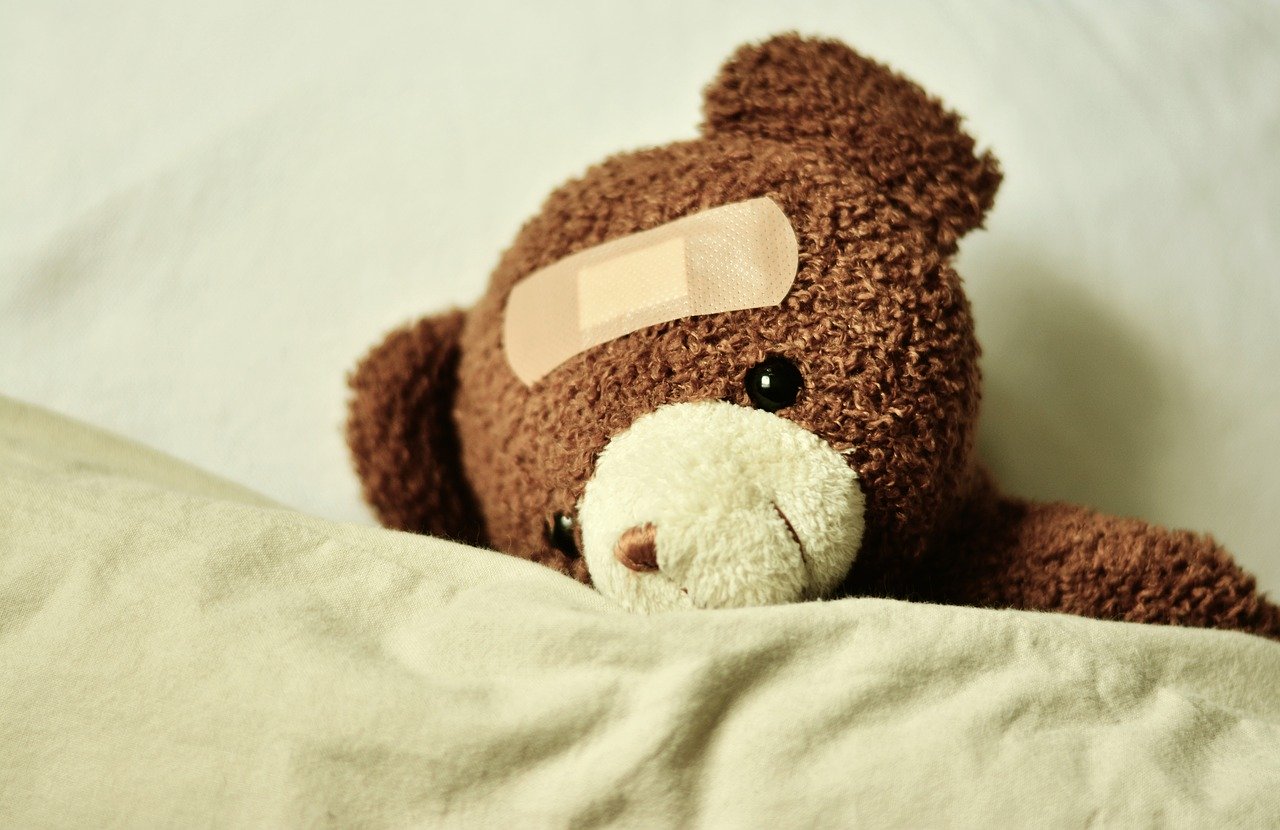
What is a Post Traumatic Stress Disorder (PTSD)?
PTSD is a condition that can develop after someone has experienced a traumatic event, either by being involved directly or witnessing another person being involved. It is also possible to develop PTSD after hearing about something traumatic.
What is meant by “traumatic”?
An experience is traumatic when it is very frightening, overwhelming, causes a lot of distress and the person feels there is a threat of death or serious injury to oneself or someone else. A trauma could even be in the form of receiving news about the unexpected or violent death of a family member or close friend, or learning that one’s child has a life-threatening illness. A trauma could include being the victim of a crime (e.g. being mugged), being in a natural disaster, such as an earthquake, being in an accident, being caught in a situation of war or conflict. Trauma is usually unexpected. People often say that they felt powerless to stop or change what was happening.


Who gets PTSD and how common is it?
PTSD can occur at any age, including childhood, but it is more common in adulthood. Most people do not develop PTSD, even after an overwhelming trauma.
Someone is more likely to develop PTSD if the traumatic event was caused by another person, as for example, rape or torture, than if it occurred as a result of an accident or natural disaster. It is thought that people who have recently come from countries where there is conflict or war are more at risk for PTSD.
Women appear to be at higher risk than men after certain types of trauma such as accidents and assault.
It is difficult to say exactly how many people suffer from PTSD. Research has shown that in Canada almost 1 in 10 people will suffer from PTSD during their lifetime. Higher rates of PTSD occur in veterans and those whose work involves exposure to life-threatening events, e.g. police, firefighters.
What are the symptoms of PTSD?
In PTSD, the response to the traumatic event is usually intense fear, helplessness or horror. In children their behaviour may become disorganized or agitated. Certain symptoms tend to occur when someone is suffering from PTSD. These last at least a month (but could continue for years) and cause marked distress or impairment in the person’s ability to function.


There are four groups of PTSD symptoms
1. Re-experiencing the traumatic event, for example with recurrent and intrusive distressing memories of the event, recurrent distressing dreams, flashbacks or having a marked physical reaction when exposed to cues (which could be
internal or external) that resemble or symbolize the event.
2. Avoiding stimuli associated with the trauma and a sense of decreased responsiveness, for example, avoiding thoughts, feelings or conversations associated with the trauma or avoiding people and places that may trigger memories of the event.
3. Symptoms such as difficulty falling or staying asleep, being on edge and experiencing outbursts of anger or irritability.
4. Changes in cognition (e.g. memory) and mood (this could include fear, shame, guilt, sadness) starting or worsening after the traumatic event.
As well as the listed symptoms, a person with PTSD may feel guilty about having survived the trauma when others did not survive. There may be feelings of ineffectiveness, fear or intense shame. Social withdrawal, problems in a marriage or relationship and loss of employment can occur.
A person suffering from PTSD may start to have thoughts such as people can no longer be trusted or the world is no longer a safe place. They may experience a change in their religious / spiritual beliefs.
Sometimes, there may be self-destructive and impulsive behaviour. Someone suffering from PTSD may resort to alcohol or other drugs as a means of coping with the effects of the trauma.
How does PTSD affect sleep?
Someone who is suffering from PTSD may have recurrent distressing dreams about the traumatic event. He/she may have difficulty falling or staying asleep. Sleep may be disrupted by more awakenings during the night.
Nightmares are more common in women. They tend to occur more frequently soon after the trauma. Women may also have hot flashes no matter what age they are.
When sleep recordings are made at a time further away from the trauma, there is a decrease in the amount of rapid eye movement (REM) sleep and in the ability to remember dreams. The change in dreaming may be a way dealing with the effects of the trauma.


How is PTSD treated?
The sooner the symptoms of PTSD are treated, the more effective treatment is likely to be. This includes dealing with poor sleep quality since this can affect recovery.
The most important part of treatment is providing support and a sense of safety for the person with PTSD. The person should be encouraged to talk about what has happened and helped to develop ways to cope with stress.
Meeting with a therapist has been shown to be helpful. Short-term therapy seems to work best. During therapy, the person’s thoughts about, and reactions to, the trauma are discussed. Sometimes, a type of therapy called “Exposure Therapy” is used.
This involves getting the person to imagine the traumatic event and instructing them about how to deal with their reactions (e.g. feeling frightened, having a flashback).
Group therapy can be helpful. It allows the person to share what has happened with people who have also been through a trauma, decreasing the feelings of isolation and increasing the sense of
being supported.
Medical help may be required also. A person with PTSD may benefit from antidepressant treatment to help with the depression and/or anxiety that is often part of PTSD. Some antidepressants are helpful for getting to and staying asleep.
Other antidepressants can make sleep worse by causing movements or brief awakenings. If an antidepressant is not necessary, sleep problems may be treated with a sleeping medication but it is recommended that these be used for a few
weeks only. If nightmares are a major problem, a medication may be prescribed to reduce how often they occur.
People seem to get most improvement in their sleep after doing a form of therapy known as Cognitive Behavioral Therapy for Insomnia, along with Imaginary Rehearsal Therapy. After this
treatment, people reported an improvement in the quality of their sleep, their PTSD symptoms were reduced and they had less depression than others with PTSD who were on a waiting list and had not received the therapy.
SUMMARY
For most people, the effect of a traumatic event will be time-limited. However, there are those for whom the reaction will be of greater intensity and longer duration and the symptoms that they
experience can have a significant impact on their ability to function at work or at home.
It is important that in such cases people do not continue to suffer alone since treatment is available. They should speak with their health care provider so treatment can be started.

